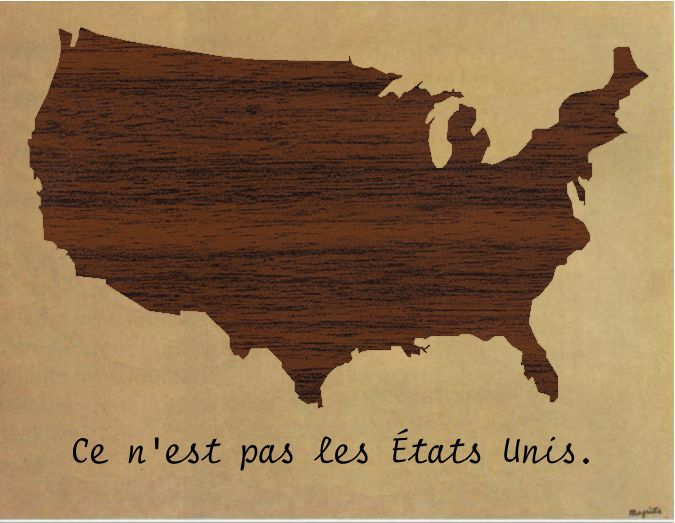“Hoy, Johnny, wotcher got inna box?”
“Hit’s a particle, Jessie.”
“Ooo, lovely for you. Umm… wot’s a particle then?”
“Me Pap says hit’s sommat you calc’late about wiffout knowin’ wot ’tis.”
Pap’s right. Newton was a particle guy all the way (he was a strong supporter of the idea that light is composed of particles). One of his most important insights was that he could simplify gravitational calculations if he replaced an object with an equally massive “particle” located at the object’s center of mass. Could be a planet, or a moon, or that apple — he could treat each of them as a “particle.” That worked fine for his purposes, because the distances between his object centers were vastly larger than the object sizes.

It took Roche to work out what happens when the distances get small. Gravitational forces break the original “particles” into littler particles. And when two of the little ones approach closely enough they break up, and then those break up… You get the idea. Take the process far enough and you get Saturn’s Rings, for instance.
But the analysis can keep going. Consider one “particle” in Saturn’s A-ring. It’s probably about 3″ across, made of ice, and contains something like 1024 particles that happen to be molecules of H2O. Each molecule contains 3 nuclei (2 protons and one oxygen nucleus) and 10 electrons, all 13 of which merit “particle” status if you’re calculating molecules. They’re all held together by a blizzard of photons carrying the electromagnetic forces between them. The oxygen nucleus contains 16 nuclear particles, each of which contains 3 quarks. The quark structures would fly apart except for a host of gluons that pass back and forth transmitting the nuclear strong force. Hooboy, do we got particles.
“Particle” is a slippery word. For Newton’s purposes, if an object is small relative to its distance from other objects, that was all he needed to know to treat it as a particle.
One dictionary specifies “a small localized object which has identifiable physical or chemical properties such as volume or mass.” However, there are theoretical grounds to believe that the classic “particle of light,” the photon, has neither mass nor volume. Physicists have had long arguments trying to devise a good working definition. Nobelist (1999) Gerard ‘t Hooft ended one such discussion by saying, “A particle is fundamental when it’s useful to think of it as fundamental.”
It may seem a little strange for a physicist to argue for imprecision. In fact, ‘t Hooft was arguing for a broad, even poetic but still precise understanding of the word.
Poets use metaphor to help us understand the world. Part of their art is to pack as much meaning as they can into the minimum number of words. In the same way, scientists use mathematics to pack observed relationships into a simile called an equation — a brief bit of math may connect and illuminate many disparate phenomena.
Think of physics as metaphor, with numbers.
Newton’s Law of Gravity works for for galaxies roving through a cluster and for basketball-sized satellites orbiting Earth and for stars circling a black hole (if they don’t get too close). Maxwell’s Equations, just 30 symbols including parentheses and equal signs, give the speed of light and describe the operation of electric motors. The particle physicists’ Standard Model makes predictions that match experimental results to more than a dozen decimal places.
Good equations are so successful that Nobelist (1963) Eugene Wigner wrote an influential paper entitled The Unreasonable Effectiveness of Mathematics in the Natural Sciences.
We sometimes get into trouble by confusing metaphor with reality. Poetic metaphors can be carried too far — Hamlet’s lungs were not in fact filling with water from his “sea of troubles.”
Mathematical models can also be carried too far. Popular (and practitioner) discussion of quantum mechanics is rife with over-extended metaphors. QM calculations yield only statistical results — an average position, say, plus or minus so much. It’s an average, but of what? The “many worlds” hypothesis is an unnecessarily long jump. There are simpler, less extravagant ways to account for statistical uncertainty. 
~~ Rich Olcott

